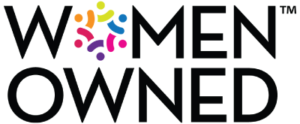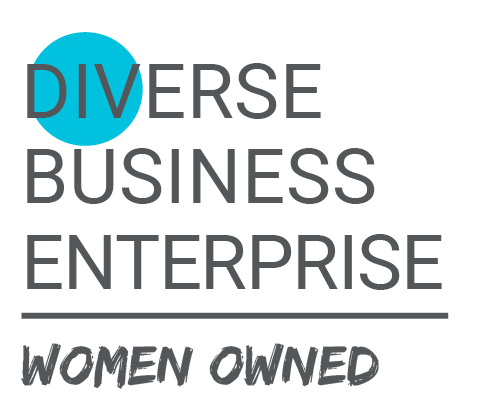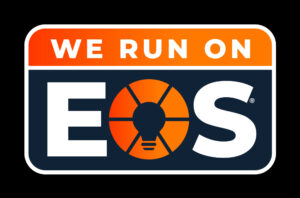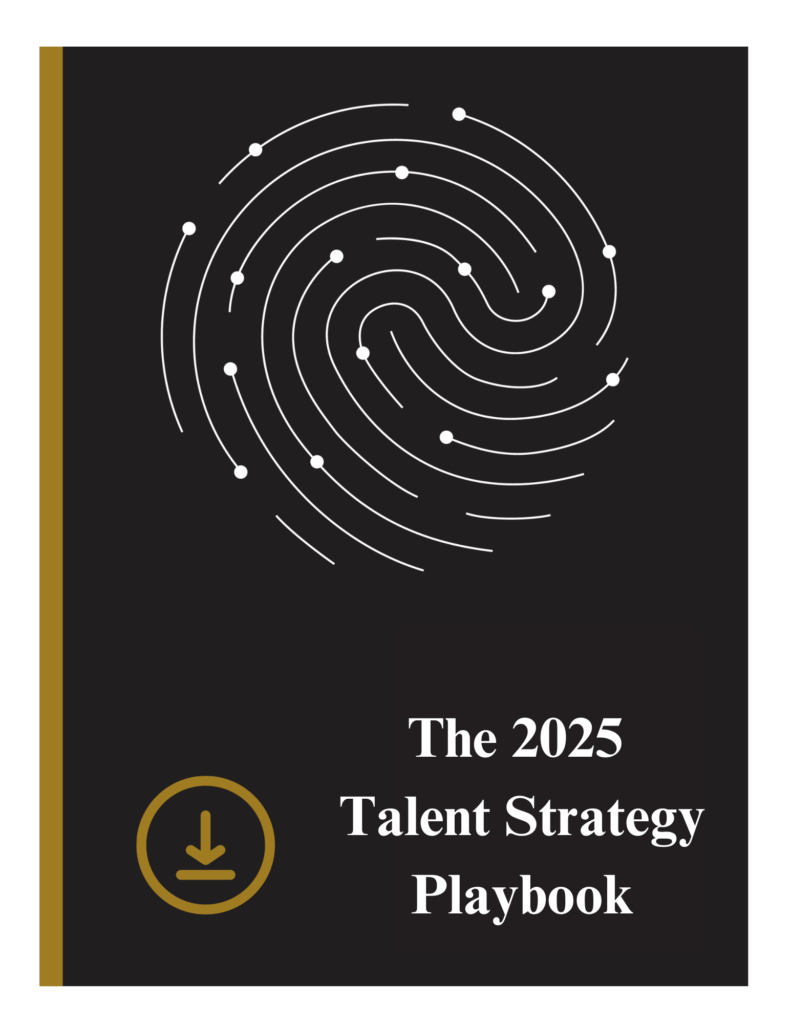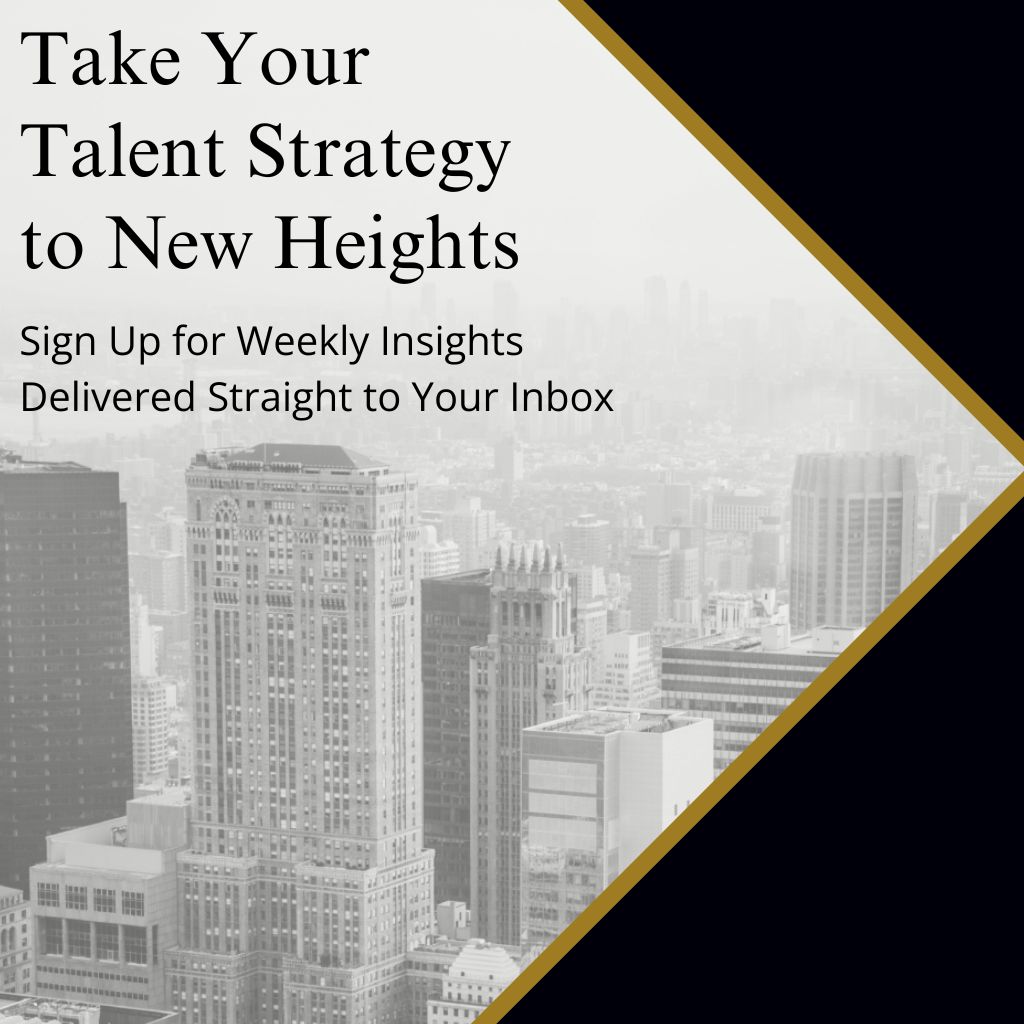by Justin Csernai, Director of Executive Search at W Talent Solutions
When top performers walk out the door, they take more than their resumes. They take institutional knowledge, client relationships, team morale, and the kind of momentum most companies can’t afford to lose.
But here’s the hard truth: most leaders don’t realize it’s happening until it’s too late.
At W Talent Solutions, we’ve helped hundreds of companies prevent this very scenario. Here are the early warning signs you’re losing high-potential talent—and how to stop the drain before it disrupts your business.
1. Engagement Drops, Then Performance Follows
Your once-proactive leaders start pulling back. Deadlines slip. Feedback becomes surface-level. Meetings feel obligatory, not strategic. These are often early signs of disconnection, not incompetence.
What to do: Conduct consistent performance and motivation check-ins, not just annual reviews. Our Smart Hire process helps uncover whether employees are misaligned with role expectations or culture. With tools like the PI Behavioral Assessment, we can pinpoint whether the role fits their natural drives—or if they’re silently disengaging.
2. Internal Benchmarks Aren’t Met
If you’re missing revenue targets, losing deals, or watching promising initiatives stall, it’s often not a strategy problem—it’s a people problem. High performers are the engine of execution. When they leave (or mentally check out), progress halts.
What to do: Use data to identify role misalignment. Our predictive hiring tools measure both cognitive ability and behavioral fit—ensuring employees are not just capable, but built for the pace and complexity of the role. This prevents burnout and turnover before it starts.
3. You’re Reactively Hiring
Frequent backfilling or “surprise resignations” are red flags. If you’re scrambling to fill roles and relying on job postings to do it, your pipeline is already behind.
What to do: Take a headhunting-first approach. Our national reach and passive talent network help clients fill roles with precision, not panic. We benchmark roles with PI Job Assessments, ensuring you’re not just hiring fast, but hiring right.
4. Culture “Fit” Conversations Turn Negative
When high performers start questioning values, leadership decisions, or internal politics, they’re not just venting—they’re evaluating. “Culture fit” is no longer about perks—it’s about purpose.
What to do: Ensure cultural alignment from day one. Our Candidate Profile Sheet evaluates values, motivators, and EQ—so you know who will thrive in your environment long before day one. We help hiring teams stay aligned, objective, and EEOC-compliant.
5. Managers Can’t Explain Why Top Talent Left
If your exit interviews sound vague— “seeking new challenges” or “nothing personal”—you’ve missed a deeper issue. When leaders can’t articulate what motivates their team, it’s impossible to keep them.
What to do: Equip your leaders with data. Our Smart Hire Scorecard and team behavioral analytics give leaders the insight to coach, support, and grow their people intentionally, not reactively.
If you’re seeing signs of disengagement—or already feeling the impact of key departures, now is the time to act.















